What retail can learn from the UX strategies of entertainment services
Retail is shifting faster than ever. Customers expect experiences that are effortless, engaging, and entertaining, both online and in physical stores.
Many look to entertainment platforms for cues on how to maintain attention and encourage repeated interaction. Retailers who study these platforms can identify techniques to keep shoppers engaged across all channels. This article examines lessons from entertainment strategies that can inform retail UX design.
Onboarding Experiences That Captivate
Entertainment platforms focus on creating smooth entry points for new users. Streaming services and gaming apps often use minimal steps to get someone started. They provide instant feedback and rewards to create a sense of accomplishment within minutes of sign-up. Retail brands can adopt similar methods to reduce friction and increase retention.
In some digital spaces, small incentives encourage early interaction. Gamers often want to try games before buying, and many digital games offer free demos or limited trial runs to give players a taste of the experience. In the iGaming sector, where players might expect to be offered free spins on registration no deposit UK casinos often provide these incentives. It gives them an immediate opportunity to engage without financial risk.
This demonstrates how instant rewards, clear guidance, and interactive tutorials can make users feel confident and curious. Retailers can adopt the same principle by giving instant perks or visible progress signals that encourage exploration of a product range or digital service.
Photo credit: Pexels.
Navigation That Encourages Discovery
Entertainment platforms often guide users through their content with subtle cues rather than forcing them to search. Recommendations, autoplay sequences, curated lists, and even trending sections create a sense of discovery without overwhelming the user. Retailers can implement similar strategies to highlight products, categories, promotions, and seasonal highlights in ways that feel natural and intuitive.
Careful attention to the structure of menus, filters, and search functions helps keep users engaged longer. Features like infinite scroll, suggested items, personalised feeds, and context sensitive prompts encourage browsing and make it easier to find interesting products efficiently.
When users feel the platform anticipates their needs, engagement rises and bounce rates drop. Applying entertainment navigation techniques can turn casual shoppers into repeat visitors who explore more content regularly and discover new products.
Visual Storytelling to Maintain Engagement
Online entertainment platforms rely heavily on visuals to hold attention. Bold thumbnails, animated previews, dynamic banners, interactive icons, motion graphics, short clips, and visual teasers capture interest immediately.
Retailers can adopt visual storytelling in product displays, promotional banners, lifestyle videos, interactive content, and engaging visuals to make experiences more compelling, memorable, and enjoyable for users.
Consistency in design plays a role in building familiarity. Colour schemes, typography, iconography, subtle motion, and layout patterns should guide the user through the journey. For example, showing animated product demonstrations, lifestyle images, or immersive video sequences helps shoppers understand use, context, and benefits.
Strong visual cues provide signals of quality, value, and trustworthiness, encouraging deeper engagement much like trailers or highlights in entertainment media, while supporting user confidence in their choices.
Personalised Interactions That Feel Rewarding
Entertainment apps often tailor content based on previous activity, preferences, and behaviour patterns. Recommendations appear as soon as the user logs in, creating a sense of connection, relevance, trust, and anticipation for what comes next. Retailers can implement personalised recommendations in apps, emails, websites, and push notifications to increase engagement, satisfaction, and overall retention rates.
Simple customisation, such as saving preferences, remembering past interactions, offering contextual suggestions, and adjusting content based on behaviour, gives users a feeling of being valued, understood, and guided. Reward systems that acknowledge actions, including badges, points, or progress indicators, motivate repeat visits.
These small touches replicate the sense of being recognised, appreciated, and engaged, a tactic entertainment platforms use to keep users returning consistently. Retailers can track these interactions to measure effectiveness and adapt strategies over time.
Gamified Engagement Without Gimmicks
Gamification is prevalent in entertainment platforms, offering points, levels, badges, challenges, streaks, and achievement notifications to maintain interest and create playful interaction loops.
Retailers can adopt elements that encourage engagement without feeling forced, superficial, or trivial. For instance, loyalty points, interactive product quizzes, seasonal challenges, and milestone rewards can make experiences enjoyable while increasing interaction frequency.
Transparency is important. Users respond best when rewards, goals, and progress markers are clear, attainable, and visible. Visual progress trackers, milestone indicators, or interactive dashboards provide feedback and motivation.
Retailers can maintain a balance between challenge and reward, keeping experiences fun, motivating, and purposeful while driving meaningful interactions with products or services effectively. Metrics can be reviewed to refine reward systems and improve overall engagement.
Conclusion
Retailers have much to learn from entertainment platforms. Smooth onboarding, guided discovery, compelling visuals, personalised interactions, and thoughtful gamification all contribute to higher engagement and customer satisfaction.
Observing how entertainment platforms capture attention and maintain interest allows retail businesses to design experiences that feel effortless, enjoyable, and rewarding. Applying these lessons carefully, while tracking performance, helps retailers meet rising customer expectations and encourages repeated engagement across both digital and physical channels.


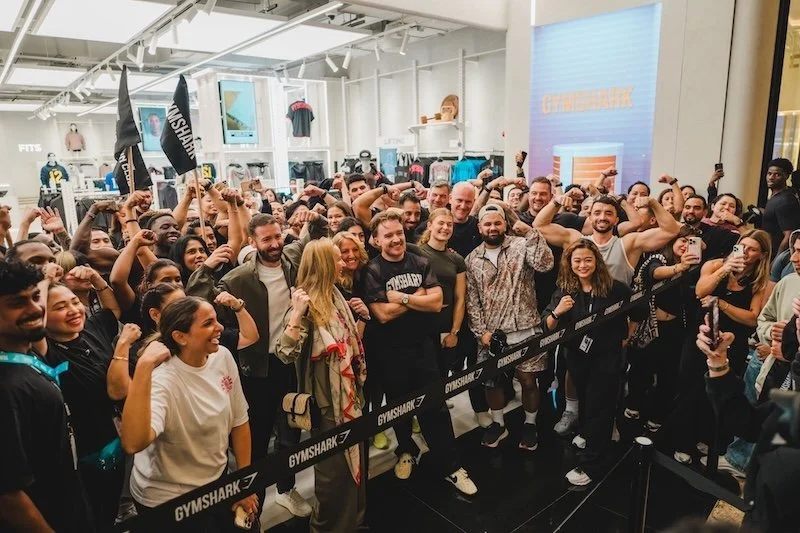




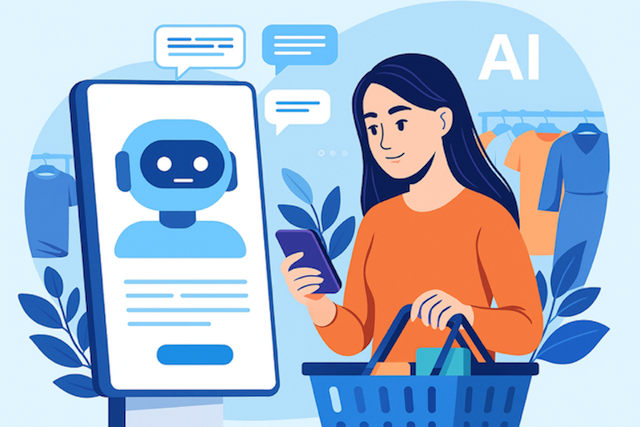











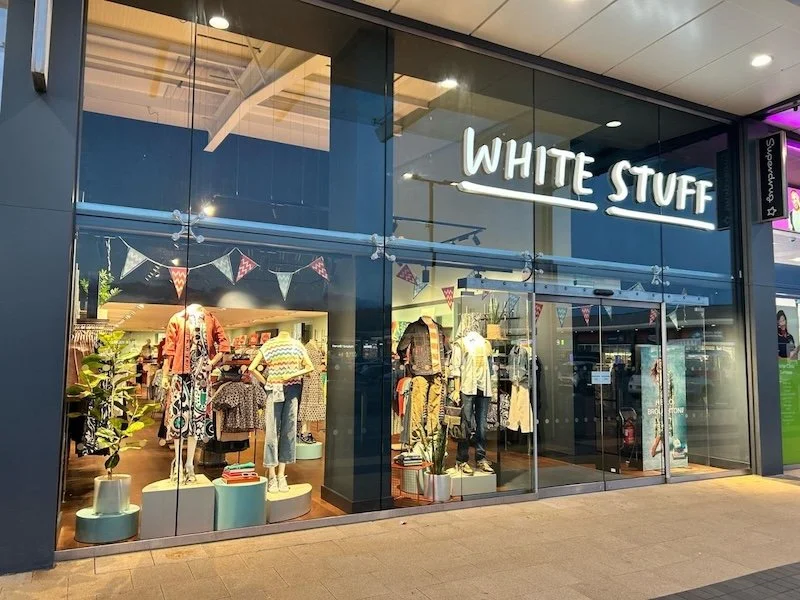



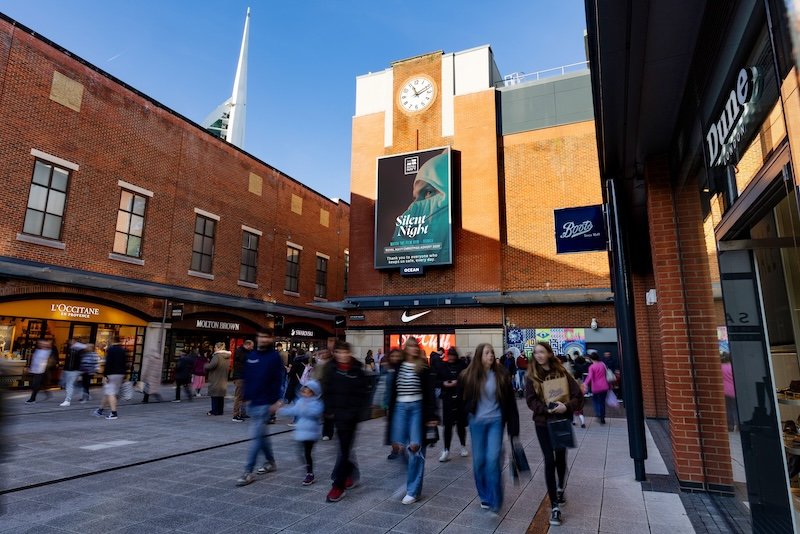
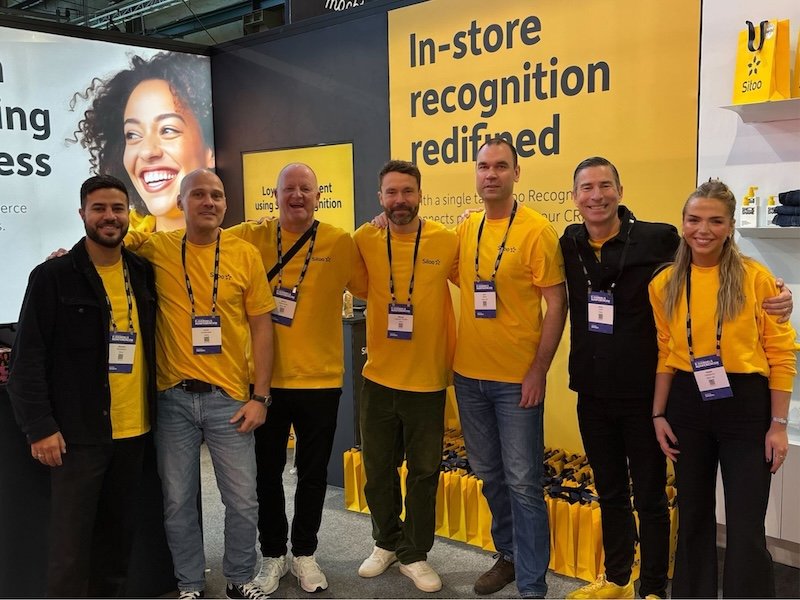
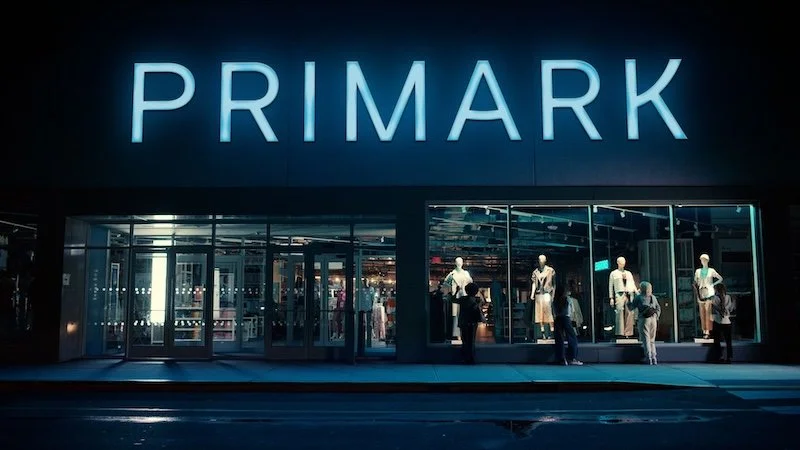




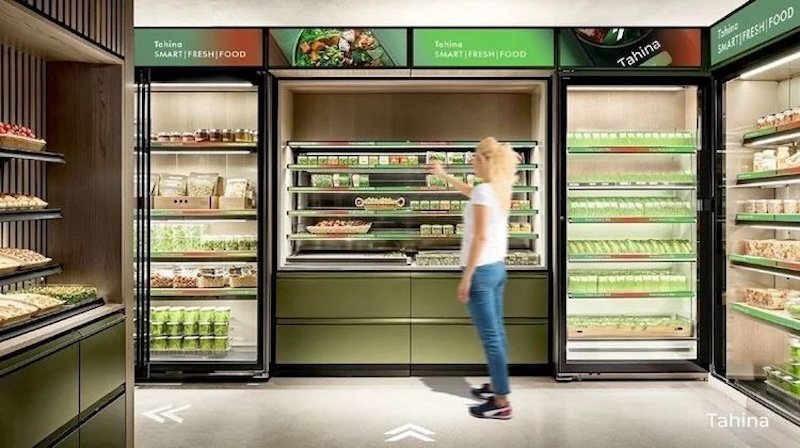
Continue reading…